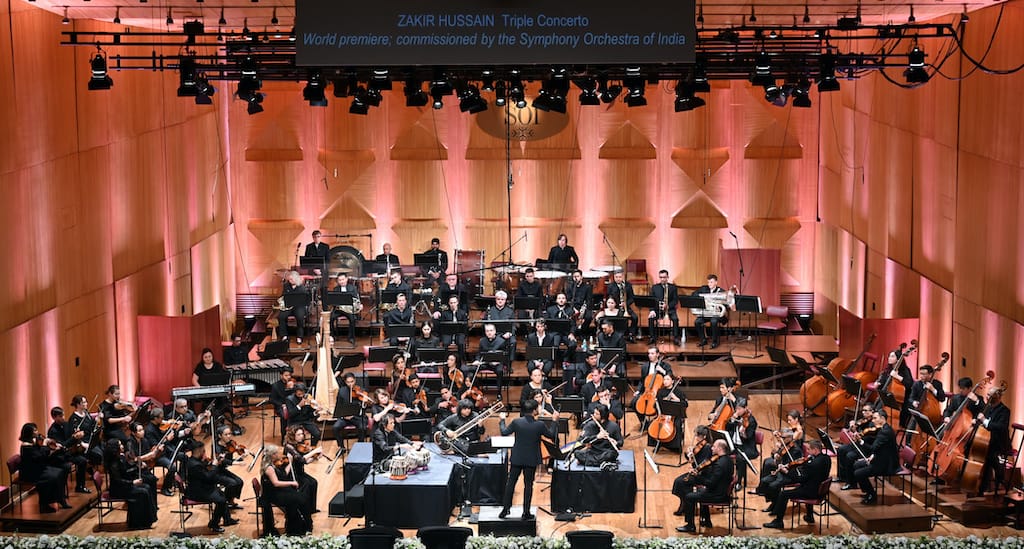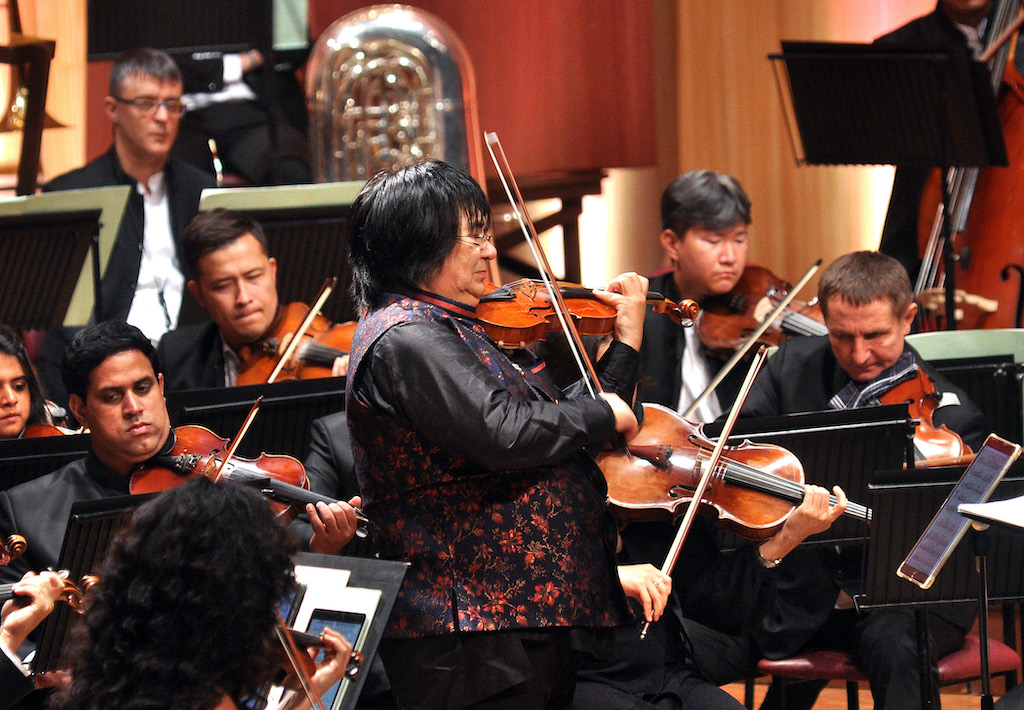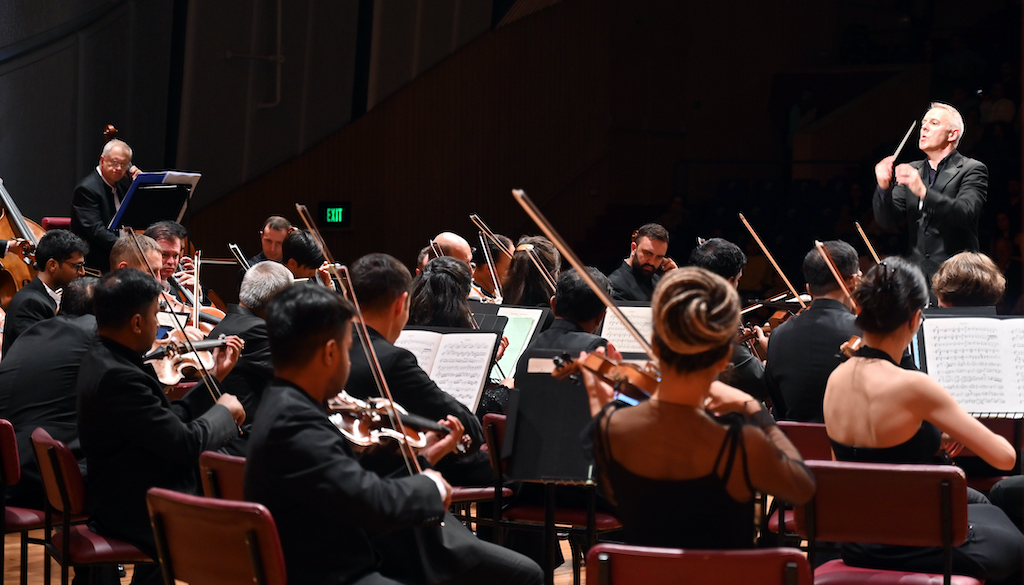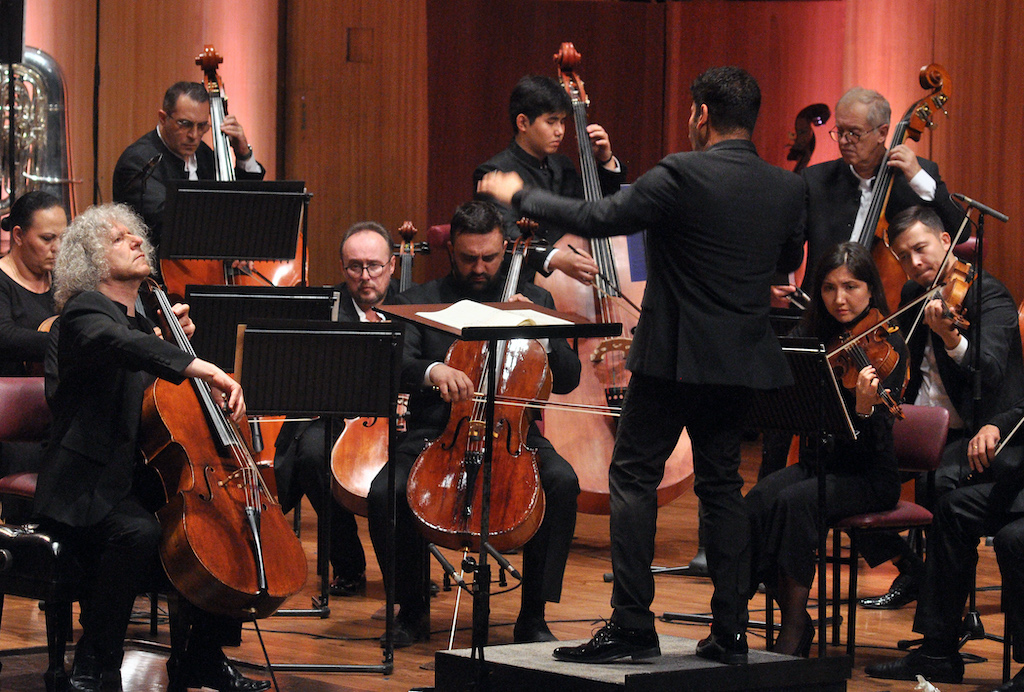Musical Resonance: A Review of SOI’s September 2023 Season

Running a symphony orchestra is a full-time job indeed. It goes without saying that a music director must know every bit of the tools needed to curate a season from scratch. It is impossible to predict how a season will turn out, even with advanced knowledge of the forthcoming repertoire and chosen soloists and conductors.
It is scarcely believable that in three years’ time, the Symphony Orchestra of India will celebrate its 20th birth anniversary. Roughly 17 years ago, I was probably in these very same seats at the iconic Jamshed Bhabha Theatre at the southern tip of the beautifully situated NCPA complex, enthralled by what was onstage in front of me. In the presence of the then ambassador of Kazakhstan in India, the late Dr. Jamshed Bhabha placed in the hands of Mr. Khushroo N. Suntook, the reins of a new entity, the formation of a symphony orchestra, a first of its kind. It is and has remained the only professional symphony orchestra in the country run astutely by a hands-on impresario that Mr. Suntook has turned out to be.
Why is running a symphony orchestra a difficult job? First of all, you require a core of approximately 40 musicians resident (with good quality instruments, I might add) in Mumbai. In time to prepare for each season, you need to double that number of musicians by amplifying the corpus duplicating strings as well as a set of winds. These musicians that amplify the resident SOI Chamber Orchestra are only brought together by choosing the best freelancers from across the globe. Couple this with the intimate choreography, so to speak, of bringing visiting conductors and soloists who already have complicated work schedules decided many seasons in advance. It is left to the vagaries of fate, including sickness, complications with visas and even last-minute alterations in repertoire, to make things a veritable nightmare for even the most stoic of statesmen.

The programme of the Autumn 2023 Season was divided between two conductors, both relative newcomers to the SOI. English operatic exponent Richard Farnes appeared for the second time in Mumbai after performing with the SOI last year.
Farnes has garnered many an accolade, including the Royal Philharmonic Society’s award for conducting in 2017. On the brink of a worldwide career, he made his Met debut with Falstaff while scheduled appearances at the Met in 2020 were held in abeyance. Yet he has lost no time in contributing widely to the local opera scene within the U.K. Like a latter-day Edward Downes, he has been able to bring high-quality opera to mainstream audiences in addition to touring opera productions within the home counties.
The second conductor during this season was also British. Alpesh Chauhan, born in Birmingham of Indian parents, initially pursued cello studies at the Royal Northern College of Music in Manchester before taking up conducting. His name spread rapidly within the U.K. as well as in non-English-speaking orchestras across Europe. The still young Chauhan received an OBE in January 2022.
The first concert took place on Sunday, 10th September. Opening the evening with Rossini’s overture to the opera Semiramide was a masterstroke. This overture is right at the heart of Rossini’s mature operas written in the middle of his life and is a serious masterwork. Rossini’s stock-in-trade crescendos, hairpin dynamics and luminous contrasts between melody and rhythm were fully captured.
The centrepiece of the evening was formed by an ecstatic performance spiralling and dancing its way through Khachaturian’s violin concerto. Although Georgian by birth, Khachaturian, along with Prokofiev and Shostakovich, formed the triumvirate of Soviet composers writing at the time of Stalin. The concerto was dedicated to violinist David Oistrakh who gave its premiere in Russia in 1940.

Marat Bisengaliev turned in a remarkable performance. From the very start, he was fully in control of his instrument. The dynamics possibly over stressed, but never to the point of losing the flow of the music. The slow movement was tender and lyrical with some patterns of folklore and even semi-oriental Georgian melodic inspiration.
Tchaikovsky’s sixth symphony remains an inspired choice. No matter how many times you hear it played, there is something fresh and new to discover. Farnes managed to keep the full attention of the audience right through this monumental masterpiece. One can only forgive audiences for applauding between movements.
The second programme did not necessarily wear off as successfully as the first one. On paper it looked splendid. But unfortunately, this critic turned out to be less impressed with the sum of its parts.
The opening fanfare from Star Wars by John Williams was neither musically functional nor imposing enough. Erring on the side of brevity is the only comment I would make. The centrepiece of the evening was Brahms’s second piano concerto played by Pavel Kolesnikov. Unlike most other piano concertos Brahms’s second is in four movements and all together lasts 45 minutes. It is a long but tightly written piece and full of technical and emotional demands. This was an effective and provocative performance though one has heard better during past SOI seasons. One may be fully equal to the work’s demanding score but sometimes losing sight of the broader architecture with an overt emphasis on detail can be problematic. The concerto was premiered by the composer himself at the piano in Budapest in 1881. The imposingly grand and broad singable motif is given to first horn and immediately echoed with a similar depth of tone from the piano. This set the mood perfectly for the ritornello with the composer’s autumnal late period style. Melody after enchanting melody, this composer was immediately and adequately given a genuine and recognisable voice. The intervening two movements were both admirably paced and the last movement, a genuine grazioso in its gentle glides and rondo-sonata structure. Only once or twice did the pianist attempt to force the tone.

Wagner, without words, will make his music more reachable to audiences unfamiliar with that master’s operas. For those of us who need the vocal lines, Andrew Gourlay’s arrangement of excerpts from Parsifal were an average introduction to the great and last of his so called music dramas. Gourlay is totally forgotten by the history books and for good reason. The arrangement is strictly composed of stand-alone segments, including Préludes and the Good Friday Music of Wagner’s Parsifal. Though executed beautifully with each of the sections of the orchestra well balanced by Farnes, one would have liked more depth to the sound of the brass and lower strings. As I say, it was a worthy attempt to introduce a new audience to Wagner’s music.
The last three concerts were conducted by Chauhan. The first of the two concerts opened with the Suite from Strauss’s opera Der Rosenkavalier. Playing at very affable speeds, the endless melodic strains were redolent with Viennese charm. It made for an excellent curtain raiser, lasting 20 minutes or so.
For multiple reasons, the Schumann cello concerto that followed was not entirely successful. For a start, it was not the most beguiling of cello pieces. Played in three movements but harmoniously blended into one movement, the nature of the melodies and rhythmic detail was difficult to convince. It would be great to hear Steven Isserlis play some more familiar music like Dvořák, Elgar or even Tchaikovsky.
The second half was entirely successful with the conductor choosing another suite, which consisted of mostly dance movements from the ballet Petrushka by Stravinsky (version 1947).

Having said all that, I am sure that the pièce de résistance of the season was the world premiere of Zakir Hussain’s work, written for sitar, bansuri and tabla, commissioned by the SOI. With Hussain on the tabla, Niladri Kumar on sitar and Rakesh Chaurasia on bansuri, the concerto was a dialogue between sitar and flute with tabla making crisp arguments back and forth. On the second day, when the audience wanted more, the three illustrious virtuosos put in an impromptu encore unaccompanied by the orchestra. This was a date to cherish and all thanks to the NCPA for putting on another very successful season.
By Fareed Curmally. This piece was originally published by the National Centre for the Performing Arts, Mumbai, in the November 2023 issue of ON Stage – their monthly arts magazine.





